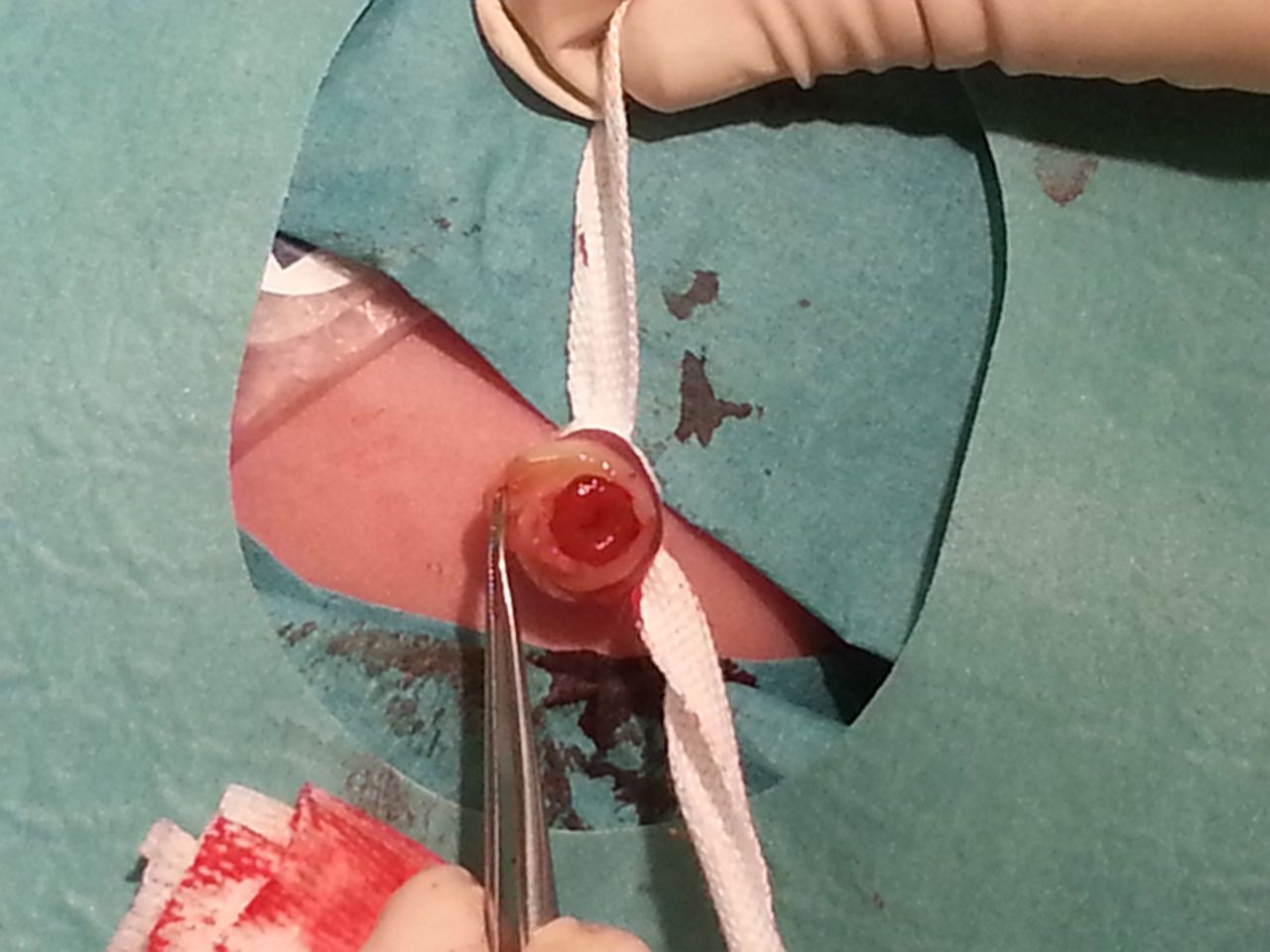
What is an Omphalomesenteric Cyst? An omphalomesenteric cyst is a rare congenital condition that forms from remnants of the embryonic yolk sac. This cyst can appear anywhere along the path from the belly button to the small intestine. Often, it goes unnoticed until it causes symptoms like abdominal pain or swelling. Omphalomesenteric cysts can lead to complications such as infection or bowel obstruction if not treated. Diagnosis typically involves imaging tests like ultrasound or MRI. Treatment usually requires surgical removal to prevent further issues. Understanding this condition is crucial for early detection and management, ensuring better health outcomes.
Key Takeaways:
- Omphalomesenteric cysts are rare and can cause abdominal pain, vomiting, and intestinal obstruction. They are usually diagnosed using ultrasound or CT scan and require surgical removal for treatment.
- Surgical removal is the most common treatment for omphalomesenteric cysts, with laparoscopy being a minimally invasive option. Most patients recover well after surgery, and regular follow-up is essential for monitoring.
What is an Omphalomesenteric Cyst?
An omphalomesenteric cyst is a rare congenital anomaly. It forms from remnants of the omphalomesenteric duct, which connects the yolk sac to the midgut in early fetal development. These cysts can cause various complications if not treated.
- Rare Occurrence: Omphalomesenteric cysts are quite rare, occurring in about 1 in 5,000 live births.
- Embryonic Origin: These cysts originate from the omphalomesenteric duct, which usually disappears by the 7th week of gestation.
- Location: Typically found in the small intestine, particularly the ileum.
- Size Variability: They can vary significantly in size, from a few millimeters to several centimeters.
- Symptoms: Often asymptomatic but can cause abdominal pain, vomiting, or intestinal obstruction.
- Diagnosis: Usually diagnosed via ultrasound or CT scan.
- Associated Anomalies: Sometimes associated with other congenital anomalies like Meckel's diverticulum.
- Gender Prevalence: Slightly more common in males than females.
- Age of Detection: Often detected in infancy or early childhood, though sometimes found in adults.
- Surgical Treatment: The primary treatment is surgical removal.
- Complications: If untreated, can lead to complications like infection, perforation, or bleeding.
Symptoms and Diagnosis
Understanding the symptoms and how these cysts are diagnosed is crucial for timely treatment. Here are some key points:
- Abdominal Pain: One of the most common symptoms is intermittent abdominal pain.
- Vomiting: Persistent vomiting can be a sign of an omphalomesenteric cyst.
- Intestinal Obstruction: These cysts can cause partial or complete intestinal obstruction.
- Palpable Mass: In some cases, a mass can be felt in the abdomen.
- Ultrasound: Often the first imaging technique used to diagnose these cysts.
- CT Scan: Provides a more detailed view and helps in planning surgical intervention.
- MRI: Sometimes used for a more comprehensive assessment.
- Blood Tests: May show signs of infection or inflammation if complications arise.
Treatment and Prognosis
Treatment usually involves surgical intervention. Here’s what you need to know about the treatment and prognosis:
- Surgical Removal: The most common treatment is surgical excision of the cyst.
- Laparoscopy: Minimally invasive surgery often used for removal.
- Open Surgery: In some cases, open surgery may be necessary.
- Post-Surgical Recovery: Most patients recover well after surgery with minimal complications.
- Prognosis: Generally excellent if the cyst is removed before complications develop.
- Follow-Up: Regular follow-up is essential to monitor for any potential recurrence or complications.
Final Thoughts on Omphalomesenteric Cysts
Omphalomesenteric cysts, though rare, are crucial to understand. These cysts form from remnants of the omphalomesenteric duct, which usually disappears before birth. When it doesn't, cysts can develop, sometimes causing abdominal pain or other complications. Early diagnosis and treatment are essential to prevent issues like infection or bowel obstruction.
Awareness of symptoms and timely medical intervention can make a significant difference. If you or someone you know experiences unexplained abdominal pain, consult a healthcare professional. Knowledge about these cysts empowers you to seek the right care.
Staying informed about medical conditions, even rare ones, can lead to better health outcomes. Keep learning and stay proactive about your health.
Frequently Asked Questions
Was this page helpful?
Our commitment to delivering trustworthy and engaging content is at the heart of what we do. Each fact on our site is contributed by real users like you, bringing a wealth of diverse insights and information. To ensure the highest standards of accuracy and reliability, our dedicated editors meticulously review each submission. This process guarantees that the facts we share are not only fascinating but also credible. Trust in our commitment to quality and authenticity as you explore and learn with us.
